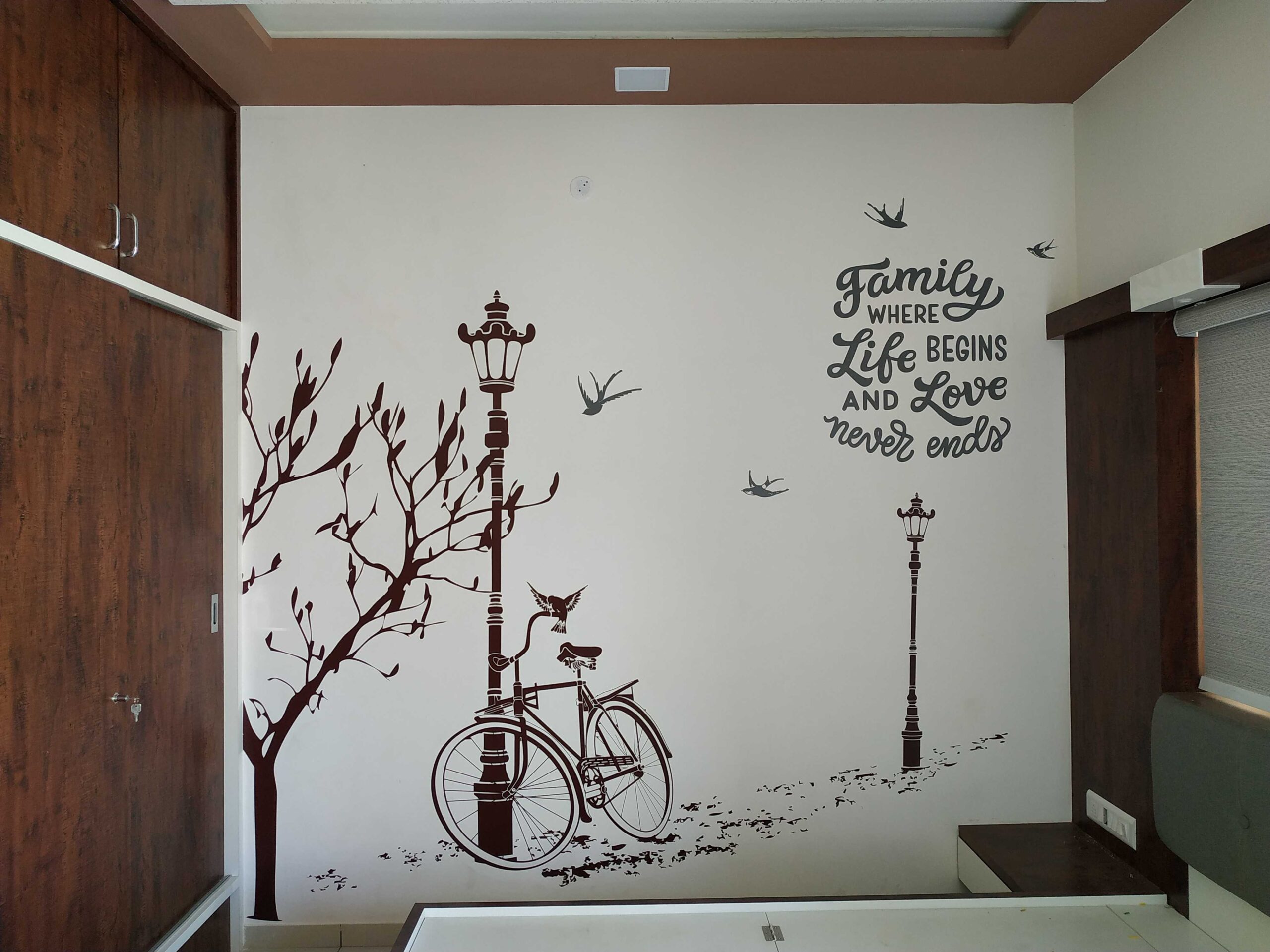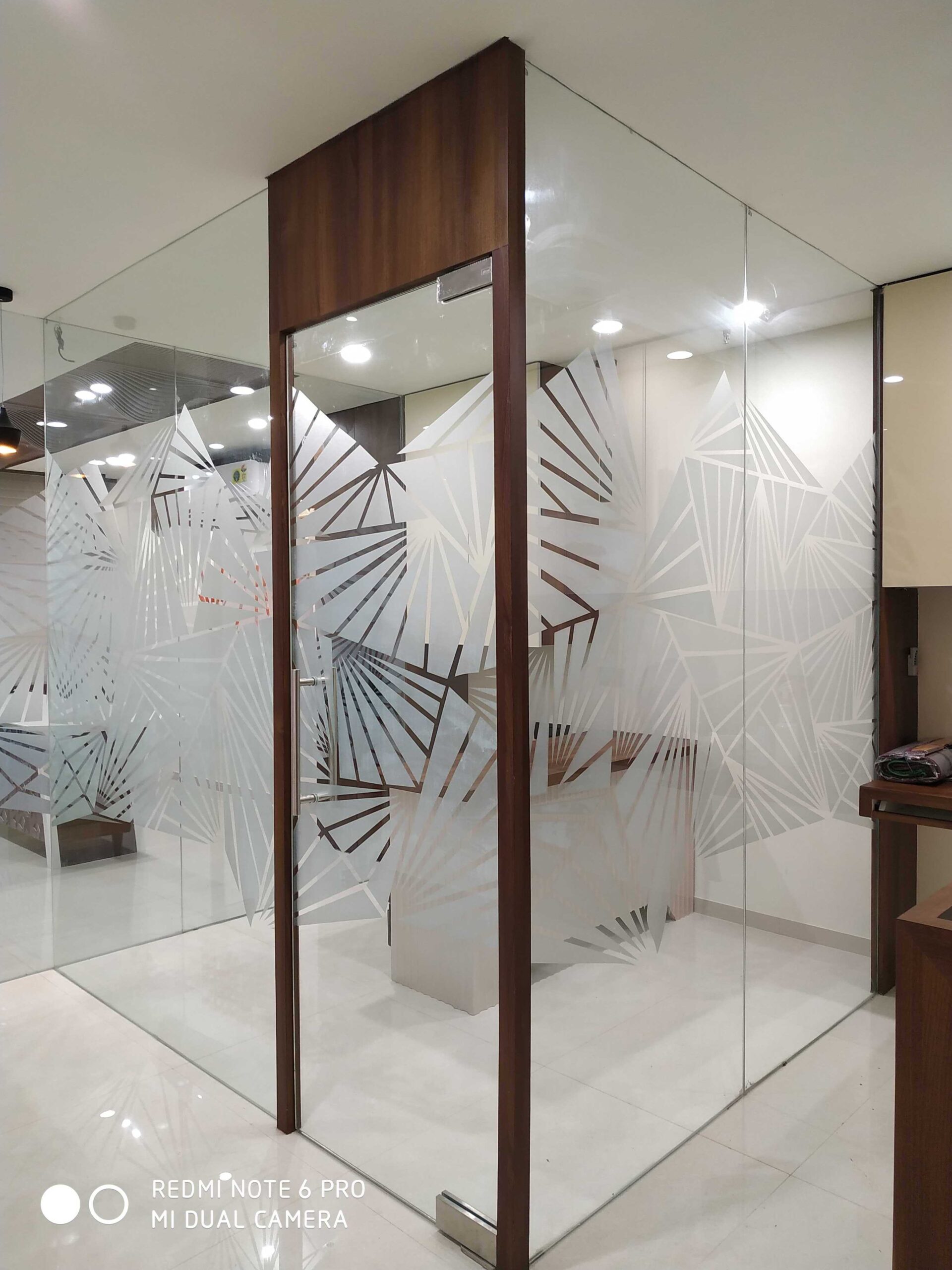Introduction
We live in a world increasingly driven by visual stimuli. While the decor is often about aesthetics, it can also serve a much more significant role, especially in the lives of impressionable teenagers. One underrated element of room decor that can have a transformative impact is the use of motivational frames. In this blog post, we’ll delve into why incorporating motivational frames in a teenager’s room can be so beneficial.
Daily Dose of Encouragement
The teenage years are a period of emotional turbulence and evolving self-identity. During this time, a simple positive affirmation can go a long way. Having motivational frames on the walls provides a daily dose of encouragement, reminding the teenager that they are capable, valuable, and deserving of achieving their goals.
Setting the Tone for the Day
The first and last things we see each day often set the tone for our experiences. A motivational frame placed strategically can serve as a powerful reminder of one’s aspirations, setting a positive tone for the day or helping to decompress and reflect in the evening.
Inspiring a Growth Mindset
The messages in motivational frames often encourage qualities like resilience, persistence, and a growth mindset. These frames serve as daily affirmations that reinforce the belief that challenges can be overcome, encouraging the teen to push their boundaries and strive for success.
Aesthetic Appeal with a Purpose
Motivational frames aren’t just impactful; they can also be incredibly stylish. A well-designed frame can seamlessly blend with the existing decor while elevating the room’s visual appeal. It’s a win-win; your teenager gets a room that looks great and feels inspiring.
Creating a Personalized Space
A teenager’s room is their sanctuary, and personalizing it is crucial. Frames that resonate with their aspirations, dreams, or favourite quotes make the space their own, strengthening their emotional attachment.
Boosting Self-Esteem and Confidence
Words have power. The simple act of reading a motivational quote can bring about a significant change in mindset. For a teenager who may be dealing with academic pressures, social issues, or self-esteem struggles, a motivational frame can act as a little boost of confidence right when they need it.
Practicality and Versatility
One of the great things about motivational frames is their versatility. They are easy to hang, replace, and even customize. As your teenager grows and their tastes evolve, these frames can be easily switched out for ones that align with their new interests or goals.
A Lasting Impact
Motivational frames may seem like a small touch, but their impact can be far-reaching. They are constantly reminded of positivity and potential, acting as a subtle yet effective form of emotional support. Over time, these small affirmations can accumulate, leading to lasting behavioural changes and a more positive outlook on life.
Conclusion
Incorporating motivational frames into a teenager’s room does more than fill wall space; it offers emotional and psychological benefits that can contribute significantly to their well-being. Motivational frames are a simple yet impactful choice if you’re considering a redesign or simply want to add an element of inspiration to your teen’s space. After all, sometimes a few well-chosen words can make all the difference.
















